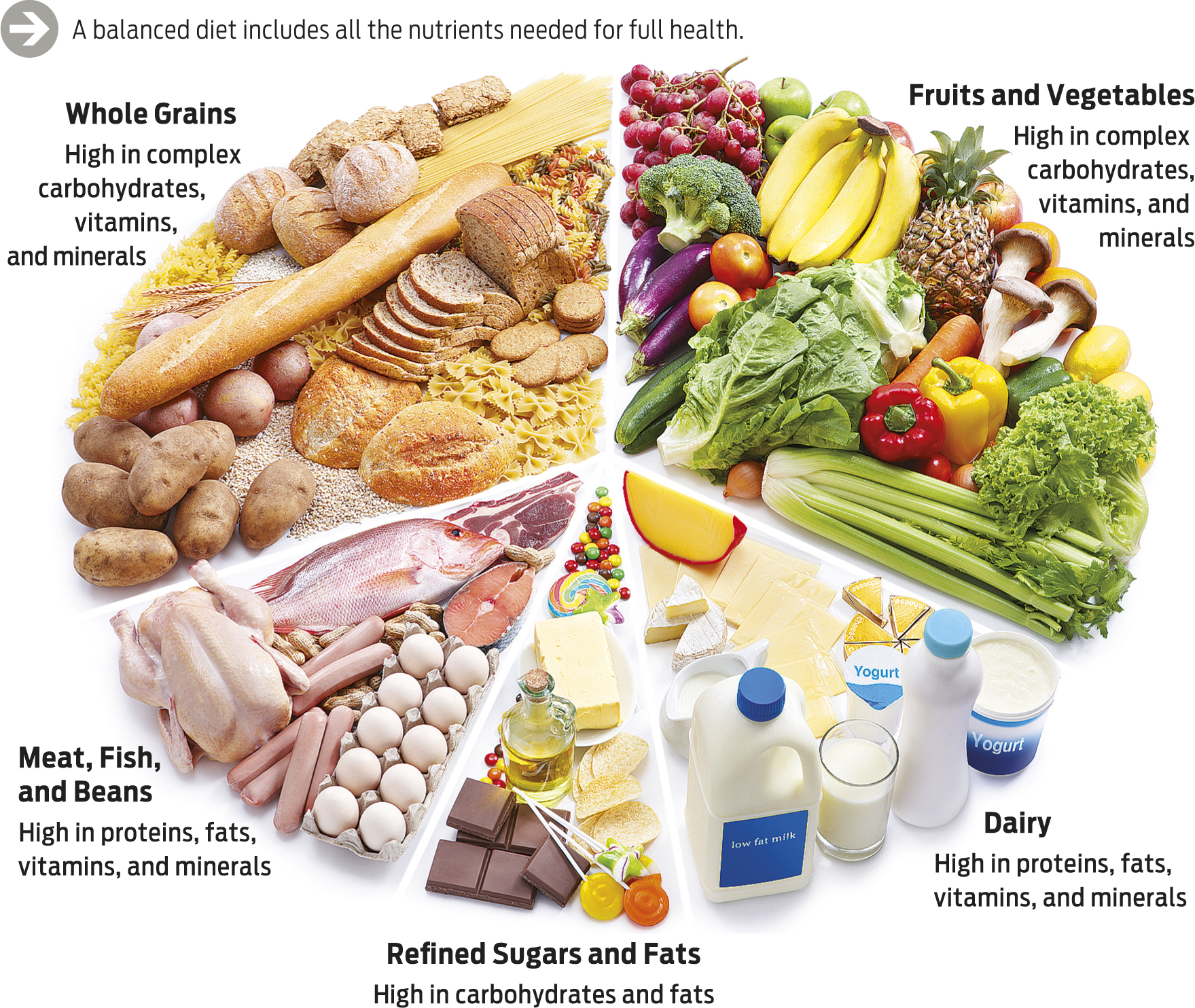Preventing Hunger?
Once made in a broom closet in a Malawi hospital, peanut butter RUTF is now produced in giant industrial factories and used all over the world. The largest producer is the France-based company Nutriset, which sells its product (called Plumpy'Nut) to relief agencies like UNICEF and Doctors without Borders, which then distribute it free to countries in need.
The undeniable success of peanut butter RUTF in the treatment of malnutrition has inspired some aid groups to want to expand its reach into the realm of prevention. Several UN agencies and NGOs (nongovernmental organizations) have experimented with providing related products, known as RUSFs (ready-to-use supplemental foods), to hungry children around the world. These products, which provide less than the full therapeutic dose of nutrients, are meant to supplement local foods and thus help prevent malnutrition before it starts. The jury is still out on whether this approach to prevention is effective. “The state of the evidence is that there is not enough evidence,” says nutritionist Arimond, of UC-Davis, who also works with the International Lipid-Based Nutrient Supplements (iLiNS) Project, which is conducting some of this research. But even if malnutrition could be prevented this way, there are those who argue that it should not be.
Within a few months, the results were astonishing: 95% of the children who received the full peanut butter–based RUTF recovered.
“Some people feel the private sector can never be trusted and can never be part of the solution,” says Arimond. “These concerns have a very legitimate basis, which is the very negative role infant formula companies have played in developing countries over the years.”

18
For others, the concern is less whether the profit motive is involved, and more who benefits from those profits. “If it's benefiting U.S. agriculture, or European agriculture, or European manufacturing and European transporters, it's not benefiting the right people,” says Collins. For that reason, nonprofits like Project Peanut Butter and the Haiti-based Meds & Foods for Kids have made a clear commitment to producing RUTF locally. By using local peanuts, and local farmers, these groups contribute directly to the health and growth of the local economy, and thus help to alleviate the conditions that spawn malnutrition in the first place.
Other critics worry that RUTF will be seen as a substitute for breast-feeding and will thus discourage complementary breast-feeding for children 6 months to 3 years of age, and that it will take the focus off the root problem. The solution to malnutrition, they say, is making sure that people have the resources to eat a healthful, well-balanced diet in the first place (INFOGRAPHIC 4.8) .

Manary doesn't disagree. He believes that the ultimate solution to malnutrition is prevention through improved agriculture. To that end, he is also working on a project sponsored by the Bill and Melinda Gates Foundation that aims to use genetic engineering to improve the nutritional quality of subsistence crop plants in Africa. Called BioCassava Plus, the project seeks to make cassava more nutritious by enriching it with additional vitamins and protein. Manary says he has high hopes for the project, and envisions a day when children do not die from hunger. “My professional goal is to fix malnutrition for kids in Africa,” he says.
19